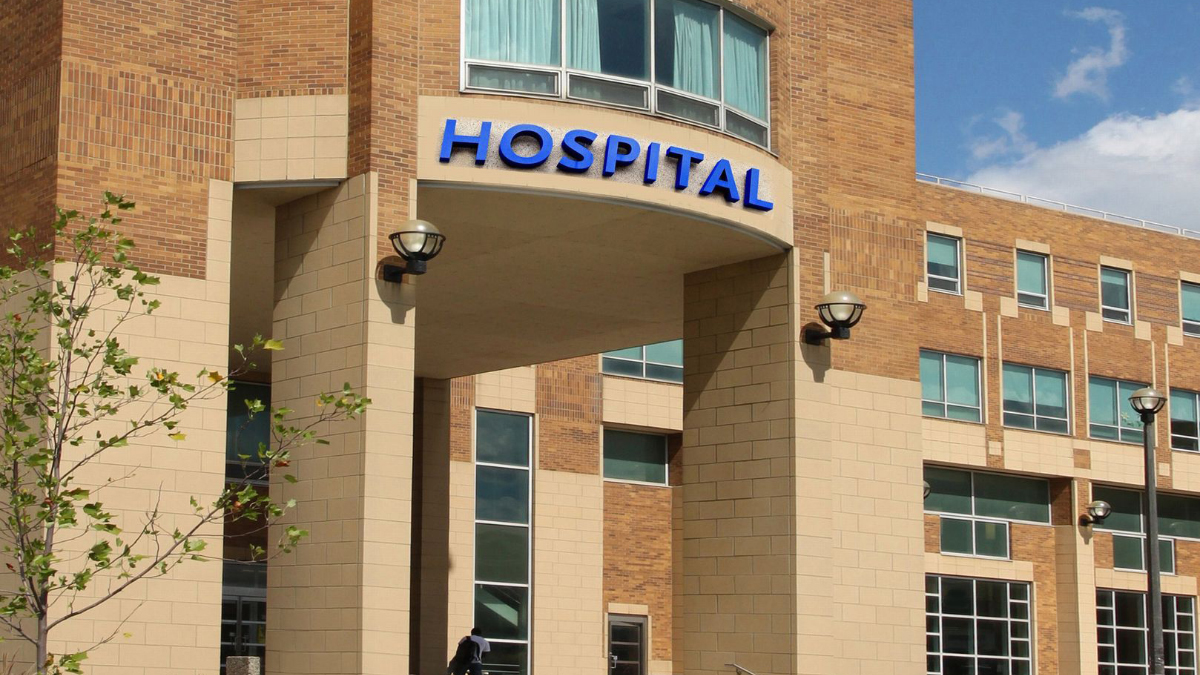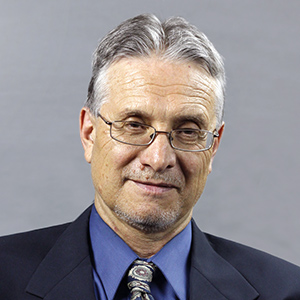Everybody needs food, but the government does not require entrepreneurs to obtain a certificate of need before opening or expanding a grocery store. Everybody needs healthcare at one time or another, but the federal Department of Housing and Urban Development and 35 states require hospitals to obtain certificates of need (called CONs) before they open their doors or expand. Certificates of need tend to favor large non-profit operations, which are now blocking competition while scamming patients and taxpayers alike.
The IRS reserves non-profit status for institutions such as churches, charitable foundations, universities and hospitals. Hospitals deemed non-profit, however, can create a network of for-profit healthcare entities. These for-profit entities can exploit the non-profit status for huge financial gain.
Axios examined 84 of the biggest non-profit hospitals and found $535 billion in annual revenue and $14.4 billion in profit. Investments, stocks, bonds, and such boost the surpluses to $35.7 billion, with a total profit margin of 6.7 percent. The news site concluded that the top tax-exempt hospital systems are “quite profitable,” and “raking in cash from Wall Street, as well as from their rush to merge and acquire competing hospitals and systems.”
One of the most profitable was University of Colorado Health, which according to Regina Thompson of the Colorado Issues Coalition has “established a pattern of disregard for providing charity care.” UC Health was “limiting access to Medicaid and indigent patients and also diverting many to other hospitals in some of the most trying emergency circumstances,” she said.
While UC Health has cut back on comprehensive patient care for the poor, it has been aggressively tackling a more lucrative market: professional sports teams such as the Denver Broncos, the Colorado Avalanche, the Denver Nuggets, and other for-profit entities.
In similar style, Drew Johnson of the Taxpayers Protection Alliance shows how the University of Pittsburgh Medical Center “allowed its profit-driven ambitions to obscure its charitable obligations.” The $10 billion global health enterprise, he writes in the Washington Examiner, “effectively established a complex system of subsidiaries performing healthcare-related roles to yield immense tax benefits.” Still, he says, “Pittsburgh’s low-income communities gained almost nothing from UPMC’s tax latitude as the hospital’s charity care remained a meager 2 percent of its net patient revenues.”
Writing at Statnews, a news outlet that focuses on healthcare, Dr. Haider Warraich, an immigrant from Pakistan and a fellow in cardiology at Duke University Medical Center, charges that “even as many nonprofit hospitals have seen record profits, their contributions back to the community have dwindled since passage of the Affordable Care Act.”
A majority of the most profitable hospitals, “have fought tooth and nail” to maintain non-profit status, “even as their revenues have skyrocketed.” Dr. Haider recommends broader board representation, a redefining of reimbursements, and linkage of marketing budgets with community health.
Sen. Charles Grassley, Iowa Republican, has been investigating tax-exempt hospitals for more than a decade and finds that they withhold assistance to low-income patients while paying executive salaries on par with for-profit counterparts. Tax exemption is a privilege not a right, argues Grassley, who backs measures intended to boost non-profits’ transparency. Such measures have merit, but legislators should seek deeper reforms.
To get rid of the non-profit con, first eliminate the CON obstruction. As with food, no certificate of need should be necessary for any group or individual seeking to build or expand a hospital or medical facility.
That will empower for-profit medical operations to offer better care than under the system. Likewise, patients must be empowered to choose the healthcare they believe best meets their needs.
Under the Affordable Care Act, patients get the care the government wants them to have. In 2018, Congress should replace the failed ACA with an open national marketplace that allows patients, not bureaucrats, to make the call on care. That would be a healthier deal for patients and taxpayers alike.








